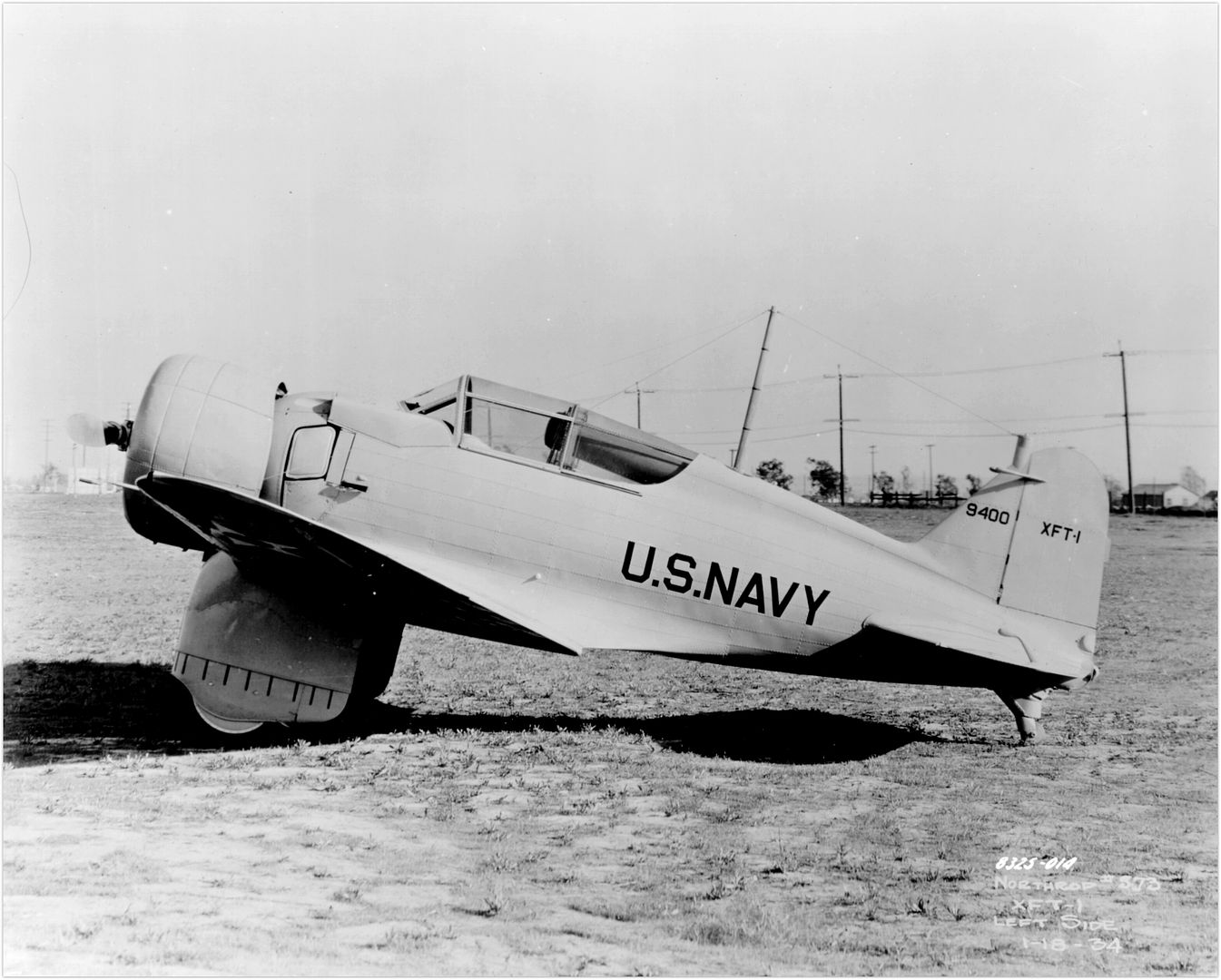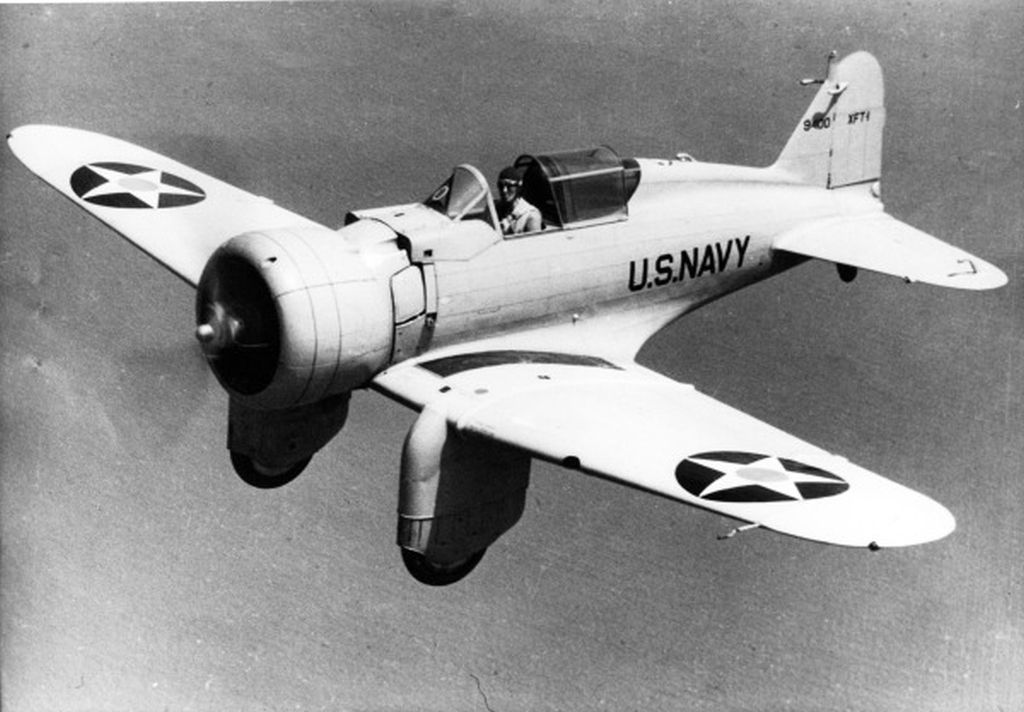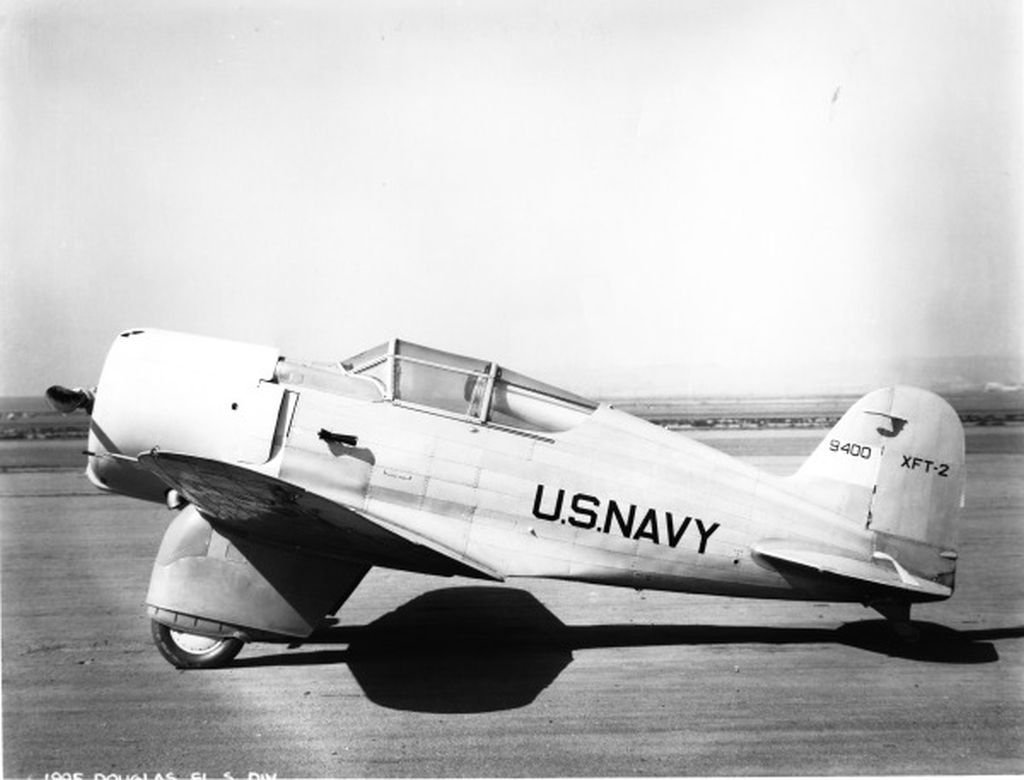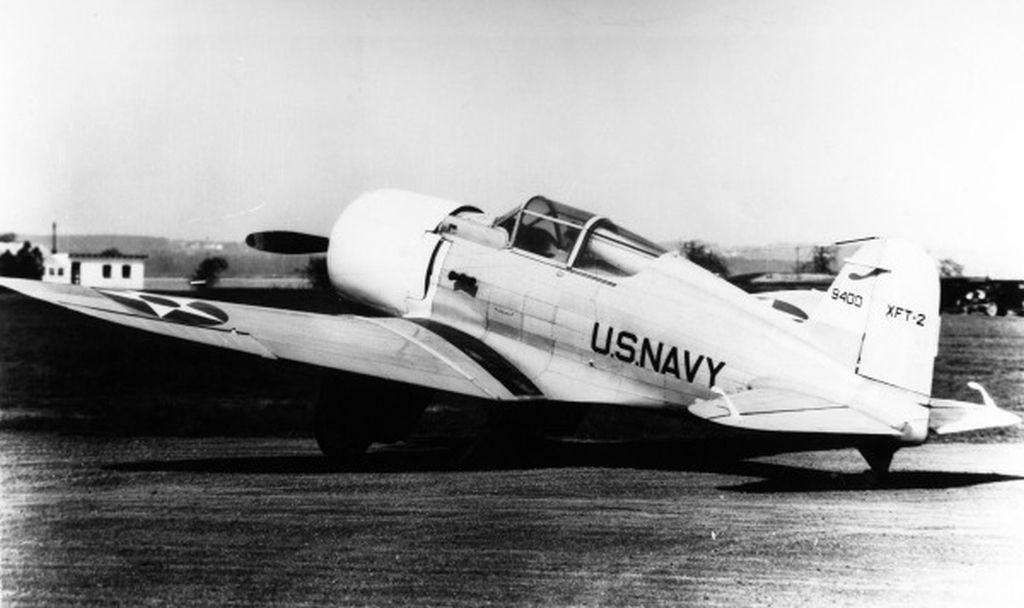Forums
- Forums
- Duggy's Reference Hangar
- USAAF / USN Library
- Northrop XFT-1/XFT-2
Northrop XFT-1/XFT-2
Post a reply
- Go to Previous topic
- Go to Next topic
- Go to Welcome
- Go to Introduce Yourself
- Go to General Discussion
- Go to Screenshots, Images and Videos
- Go to Off topic
- Go to Works in Progress
- Go to Skinning Tips / Tutorials
- Go to Skin Requests
- Go to IJAAF Library
- Go to Luftwaffe Library
- Go to RAF Library
- Go to USAAF / USN Library
- Go to Misc Library
- Go to The Ops Room
- Go to Made in Germany
- Go to Campaigns and Missions
- Go to Works in Progress
- Go to Juri's Air-Raid Shelter
- Go to Campaigns and Missions
- Go to Works in Progress
- Go to Skinpacks
- Go to External Projects Discussion
- Go to Books & Resources
-
 Main AdminIn January 1933, the US Navy issued Specification No. SD-204, calling for new USN fighter. The USN had been impressed by the results obtained by Northrop with his Gamma and Delta series, and subsequently ordered an XFT-1 prototype on 8 May 1933, as a second type of experimental low-wing monoplane fighter. The XFT-1, was a small single-seat experimental monoplane fighter aircraft, developed by the Northrop Corporation, based on their Gamma design experience. The aircraft itself was unsuccessful, however it did benchmark the beginning of a very successful relationship between the Northrop Corporation and the U.S. Navy.
Main AdminIn January 1933, the US Navy issued Specification No. SD-204, calling for new USN fighter. The USN had been impressed by the results obtained by Northrop with his Gamma and Delta series, and subsequently ordered an XFT-1 prototype on 8 May 1933, as a second type of experimental low-wing monoplane fighter. The XFT-1, was a small single-seat experimental monoplane fighter aircraft, developed by the Northrop Corporation, based on their Gamma design experience. The aircraft itself was unsuccessful, however it did benchmark the beginning of a very successful relationship between the Northrop Corporation and the U.S. Navy.
Initial design of the XFT-1 was conceived by John K. Northrop as a scaled-down version of the Delta single-engine transport. The XFT-1 detailed design was completed by a team led by Ed Heinemann acting as Project Engineer. The aircraft included all-metal construction with a three-spar wing. The fixed undercarriage was enclosed in large fairings from which the lower part of the wheels protruded. The cockpit was enclosed in a sliding canopy. The 625-hp Wright R-1510-26 radial engine, enclosed in a large NACA-type cowling, drove a two-blade metal propeller with pitch adjustable on the ground only. Emergency life rafts stowed behind pilot's headrest were also incorporated into the design. Armament consisted of either two 0.30-in machine-guns or one 0.30-in and one 0.50-in machine-gun mounted in the cowling in front of the cockpit. A bomb load of two 116 lb (52.6 kg) bombs could be carried under the wings. To reducing landing speed, the XFT-1 employed split-flaps that extended across the wings and center-section from the inner ends of the ailerons. Externally-balanced control tail surfaces were also adopted.
The XFT-1 (s/n 6, BuNo 9400) was completed in early January 1934, and was first flown on 2/16/1934 with Northrop test pilot Vance Breese at the controls. Following the completion of manufacturer's trials, the XFT-1 was delivered in March 1934 to NAS Anacostia for Service evaluation. During Service testing at Anacostia and Langley Field, the XFT-1 reached a top speed of 235 mph at 6,000 ft (378 km/hr at 1,830 m). At the time, the XFT-1 was found to be the fastest aircraft yet tested by the Navy, but its handling characteristics were found to be unsatisfactory by the Service test pilots. Even with flaps, the aircraft's landing speed was demonstrated not to exceed 65 mph (105 km/h). The Service pilots preferred to land at much higher speeds since speeds around 65 mph were very difficult to control. Poor forward visibility, was another major shortcoming of the XFT-1 that was intended to operate above aircraft carriers. These shortcomings did not win much favor for the XFT-1 from Naval pilots, who preferred the more pleasant handling of biplane fighters. However, the XFT-1's most serious shortcoming was the aircraft's spinning characteristics. During prolonged spins, severe tail buffeting occurred in increasingly heavy stick forces.
In August 1934, during diving trials at NAS Norfolk, Virginia, the XFT-1's fuel tank was extensively damaged aircraft was sent back to Northrop in El Segundo, California for repairs, modifications and additional manufacturer's trials. The aircraft was re-engined with a 650-hp Wright XR-1510-8 and further testing by Northrop and Wright was completed. In April 1935, the XFT-1 was returned to NAS Anacostia for an additional four months of Naval evaluation. The aircraft performance was still found to be unsatisfactory, and the XFT-1 was again sent back to Northrop were modification work which progressed at a very slow pace.



XFT-2: While back at the Northrop Aircraft plant in El Segundo, a 650-hp Pratt & Whitney R-1535-72 double-row radial engine was installed in a modified cowling. The fuel capacity was reduced from 120 US gallons (454 liters) to 80 gallons (303 liters) to offset the heavier engine weight. Modifications were also made to the shape of the vertical tail surfaces to increase the area of the fin and rudder to improve the aircraft's handling. In this form, the aircraft was designated XFT-2 and was delivered to NAS Anacostia in April 1936.
During Service tests, the XFT-2 was found to have only slightly improved performance, but the troublesome spin problems continued to plague it. In July 1936, the XFT-2 having failed to satisfy the Navy, was ordered back to the factory at El Segundo, California. Plans were made to ship the aircraft back to El Segundo, California, but test pilot Mosher ignored his instructions and took off for California. On 21 July 1936 during the ferry flight to California, turbulence was encountered over the Allegheny Mountains and the aircraft went into a spin and crashed near Altoona, Pennsylvania. The contract was subsequently closed out.



Power Plant:
625-hp Wright XR-1510-8 driving a two-blade metal propeller
Dimensions:
Wingspan: 32 feet 0 inches (9.75 m)
Length: 21 feet 11 inches (6.68 m)
Height: 9 feet 5 inches (2.87 m)
Wing area: 177 ft? (16.444 m?)
Weights and Loadings:
Weight, empty: 2,469 lbs (1,120 kg)
Weight, loaded: 3,756 lbs (1,704 kg)
Weight, maximum: 4,003 lbs (1,816 kg)
Wing loading: 21.2 lb/ft? (103.6 kg/m?)
Power loading: 6 lbs/hp (2.7 kg/hp)
Performance:
Maximum speed at 6,000 feet (1,830 m): 235 mph (378 km/h)
Climb to 6,000 feet (1,830 m): 2.6 min
Service ceiling: 26,500 feet (8,075 m)
Range: 976 miles (1,570 km)
Post a reply
- Go to Previous topic
- Go to Next topic
- Go to Welcome
- Go to Introduce Yourself
- Go to General Discussion
- Go to Screenshots, Images and Videos
- Go to Off topic
- Go to Works in Progress
- Go to Skinning Tips / Tutorials
- Go to Skin Requests
- Go to IJAAF Library
- Go to Luftwaffe Library
- Go to RAF Library
- Go to USAAF / USN Library
- Go to Misc Library
- Go to The Ops Room
- Go to Made in Germany
- Go to Campaigns and Missions
- Go to Works in Progress
- Go to Juri's Air-Raid Shelter
- Go to Campaigns and Missions
- Go to Works in Progress
- Go to Skinpacks
- Go to External Projects Discussion
- Go to Books & Resources
